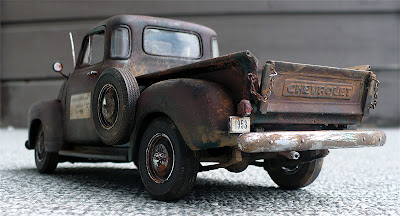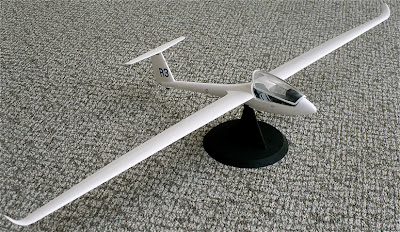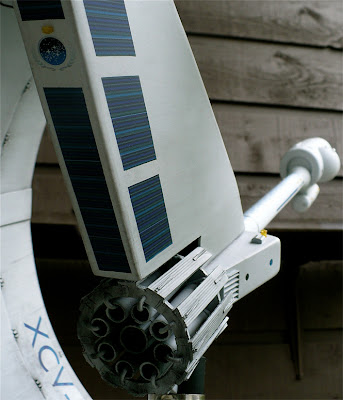From Wikipedia"
A hackney or hackney carriage (also called a cab, black cab, hack or London taxi) is a carriage or automobile for hire. A livery carriage superior to the hackney was called a remise.
In the United Kingdom, the name hackney carriage today refers to a taxicab licensed by the Public Carriage Office in Greater London or by the local authority (non-metropolitan district councils or unitary authorities) in other parts of Great Britain, or by the Department of the Environment in Northern Ireland.
In the United States, the police department of the city of Boston has a Hackney Carriage Unit, analogous to taxicab regulators in other cities, that issues Hackney Carriage medallions to its taxi operators.
"An Ordinance for the Regulation of Hackney-Coachmen in London and
the places adjacent" was approved by Parliament in 1654, to remedy what
it described as the "many Inconveniences [that] do daily arise by reason
of the late increase and great irregularity of Hackney Coaches and
Hackney Coachmen in London, Westminster and the places thereabouts". The first hackney-carriage licences date from 1662, and applied literally to horse-drawn carriages, later modernised as hansom cabs (1834), that operated as vehicles for hire. There was a distinction between a general hackney carriage and a hackney coach, a hireable vehicle with specifically four wheels, two horses and six seats, and driven by a Jarvey (also spelled jarvie).
In 19th century London, private carriages were commonly sold off for
use as hackney carriages, often displaying painted-over traces of the
previous owner's coat of arms on the doors.
The growler was a type of four-wheel, enclosed carriage drawn by two horses used as a hackney carriage, that is, as a vehicle for hire with a coachman. It is distinguished from a cab, hansom cab or cabriolet,
in that those had only two wheels. It is distinguished from most
coaches by being of slightly smaller size, holding nominally four
passengers, and being much less ostentatious.
Historically four-door saloon cars
have been highly popular as hackney carriages, but with disability
regulations growing in strength and some councils offering free
licensing for disabled-friendly vehicles, many operators are now opting
for wheelchair-adapted taxis such as the LTI. Other models of specialist taxis include the Peugeot E7
and rivals from Fiat, Volkswagen, Metrocab and Mercedes-Benz. These
vehicles normally allow six or seven passengers, although some models
can accommodate eight. Some of these 'minibus' taxis include a front
passenger seat next to the driver, while others reserve this space
solely for luggage.
Many black cabs have a turning circle of only 25 ft (8 m). One reason for this is the configuration of the famed Savoy Hotel: The hotel entrance's small roundabout meant that vehicles needed the small turning circle
in order to navigate it. That requirement became the legally required
turning circles for all London cabs, while the custom of a passenger's
sitting on the right, behind the driver, provided a reason for the right-hand traffic in Savoy Court, allowing hotel patrons to board and alight from the driver's side.
The FX4 is the classic Black Cab.
While the majority are black, there is in fact no requirement for them,
or indeed any other make of London taxi to be black. Over the years,
the FX4 has been sold under a number of different makers' names.
The FX4 London taxi was the successor to the Austin FX3,
which was produced between 1948 and 1958. In its day the FX3 was the
most widely used taxi in London. Like the FX3, the FX4 was designed by Austin in collaboration with Mann and Overton, the London taxi dealership that commissioned it (and paid for half of its cost) and Carbodies,
the coachbuilder that built the body and assembled the cab ready for
sale. The design team included Albert Moore from Austin’s engineering
division, Jack Hellberg from Carbodies and David Southwell of Mann and
Overton. The original design was by Austin’s Eric Bailey and it was
engineered for production by Carbodies' Jake Donaldson. It would be the
first London taxi to go into production that had four doors.
Like the FX3, the FX4 had a separate chassis, but with independent
front suspension and dual-circuit hydraulic brakes. The first FX4,
registration number VLW 431, was delivered in July 1958 and went on test
with York Way Motors. The official launch was later that year at the
Commercial Motor Exhibition.




















































